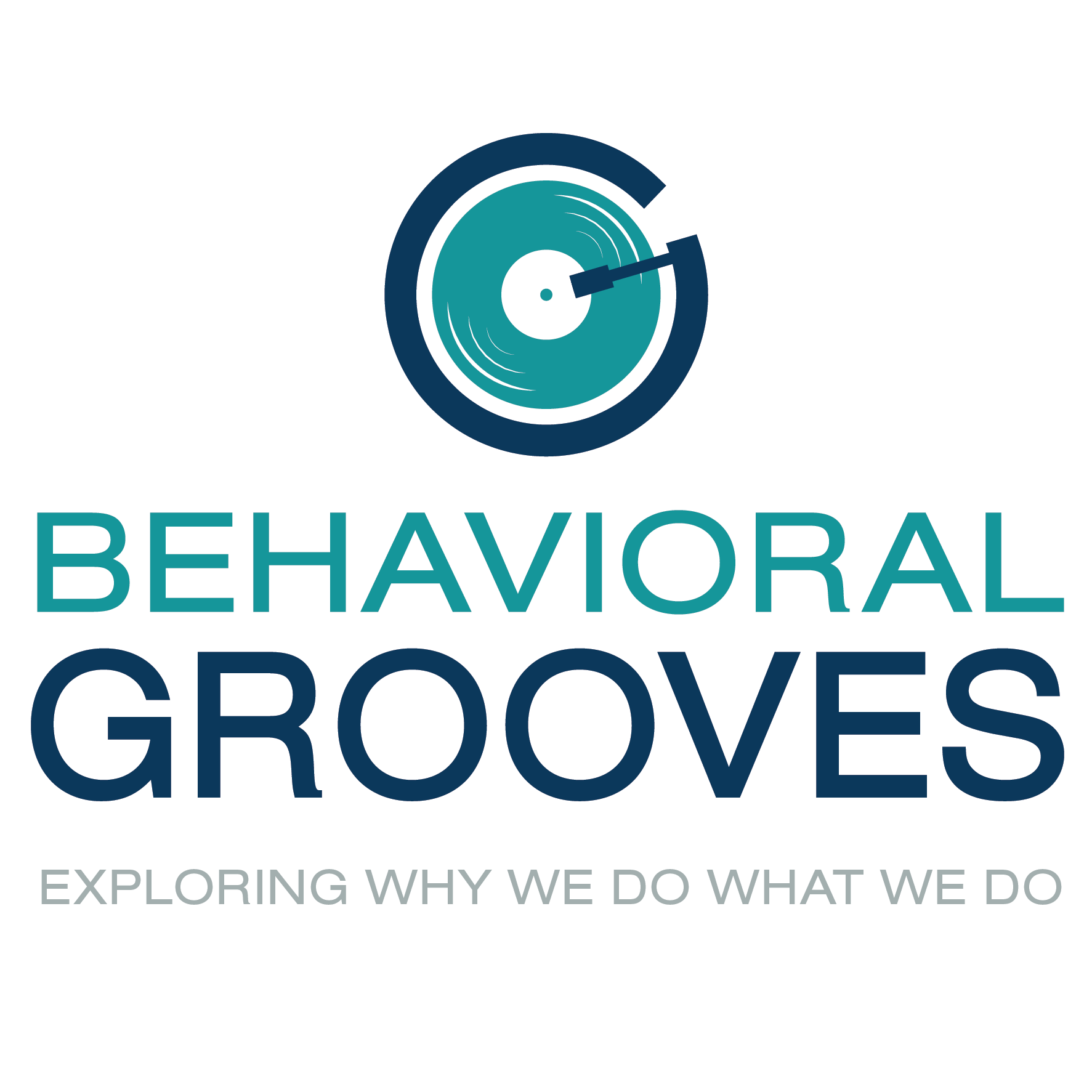
Stories, science and secrets from the world’s brightest thought-leaders. Behavioral Grooves is the podcast that satisfies your curiosity of why we do what we do. Explanations of human behavior that will improve your relationships, your wellbeing, and your organization by helping you find your groove.
Episodes

Monday Dec 10, 2018
Grooving on: New Year's Resolutions
Monday Dec 10, 2018
Monday Dec 10, 2018
Every year, millions of people make resolutions at the start of the new year and researchers indicate that 91% of those resolutions are sunk by the end of the second week in January.
In this grooving episode, we highlight 10 tips on how you can keep your New Year’s resolutions and how you can manifest an even more amazing version of the already-wonderful YOU. To do so, we’re providing 10 tips and hacks that can help you maintain your resolutions and achieve your goals. We are also taking this medicine to make our own new year’s resolutions more successful! Let’s do it together so we can all stay on the resolution bandwagon!
The Ten Tips Are:
Make it emotional. Don’t create a resolution that is completely rational and lacks emotion. Make sure that you engage an emotional trigger and find the larger meaning. People often talk about SMART goals (specific, measurable, achievable, relevant, and time-bound) and for good reason: because they work and the key piece in SMART is that they are relevant.
Adopt your future self as your present identity – “I’m not losing weight, I’m being the healthy, active person that I want to be” – bring your ideal future self to today. Start talking about yourself and referring to your lifestyle today as if you were already living your I’ve-succeeded-with-my-resolution self.
Start small. The first level of starting small is to keep the number of resolutions small – no more than three! You’re destined for failure if you have a dozen resolutions to try to adhere to. The second level is to break down larger goals into manageable chunks – what are the behaviors that you need to do each week/day/hour that will make you achieve your goal.
Tie triggers into current habits to make the modifications you need to adopt the new behavior. A good way to do this is to use when ______, then _______ statements. “When I go to brush my teeth, then I will pick up the dental floss.” Research indicates we are three times more likely to do the desired behavior if we tie it to a trigger from our current behavior.
Remove friction. Once you’ve uncovered what might derail you, use if _____, then ______ statements to help figure out what to do when derailments happen. “If I feel like not going to the gym, then I will rely on my commitment to get three visits in this week.” Add friction to things you don’t want to do (move the Oreo cookies to the basement) and reduce friction for things you want to do (put your workout shoes at your bedside before you sleep).
Enlist Social Support. It’s best to have three kinds of people that can help you on your journey: the cheerleader, the coach, and the referee. Build a small group of people to hold you accountable and reward them for focusing on accuracy, not just warm feelings.
Measure your progress. It could be as simple placing check marks on a diary or to use an app to automate the process. Measure at a rate that is appropriate for the behavior change you’re undertaking: use daily or weekly measures for shorter-term resolutions and weekly or monthly for longer-term resolutions.
Reward your progress. If you’re set milestones along the way, make sure you reward yourself as you achieve these milestones. Don’t hold all your rewards until the very end. These rewards can coincide with the way you’ve broken down your resolution into smaller parts. And they need to be the right kinds of rewards.
Give yourself a break. We are human, not machines and the world is complex. Not everything will go as planned. It’s ok to not be 100%, but “don’t miss twice,” as James Clear says. One of our biggest biases is to underestimate how much time any given task will take. Don’t punish yourself for missing a date – just do the work.
Make it fun. Be intentional about laughing and enjoying the process of the change you’re in. When things don’t go as planned, laugh it off and learn from it. Share your hardships and successes with your social networks. Laughing releases endorphins in the brain that cause you to feel less pain and anxiety, which actually makes you more resilient and happier.
References
The resolution solution: Longitudinal examination of New Year's change attempts, by JC Norcross at the University of Scranton. Or Forbes article titled “Just 8% of People Achieve Their New Year's Resolutions. Here's How They Do It.”
“Atomic Habits,” by James Clear.
“How to Have a Good Day,” by Caroline Webb.
“Large Stakes and Big Mistakes,” by Loewenstein, Gneezy, Mazar & Ariely.
“Tiny Habits,” by B.J. Fogg.
“Thinking in Bets,” by Annie Duke.

No comments yet. Be the first to say something!